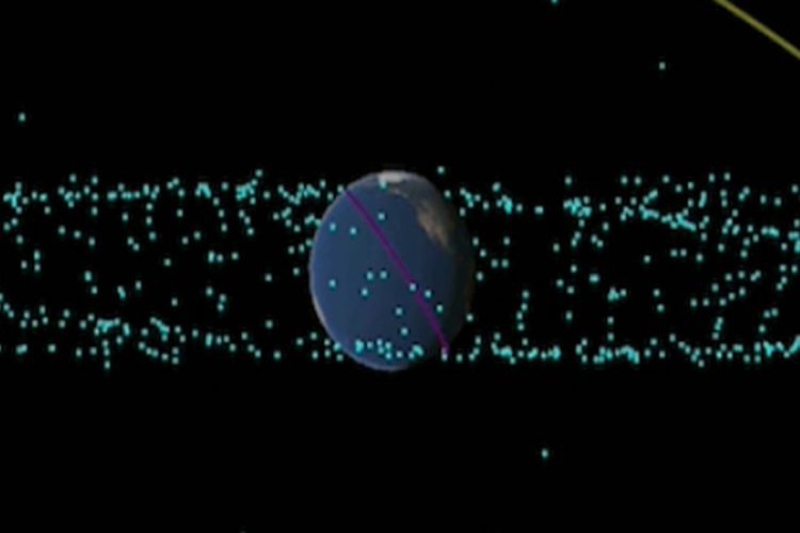Recently returned from outer space, a NASA spacecraft has been restarted with the goal of studying the “God of Chaos” asteroid as it approaches Earth’s orbit.
NASA stated that the spacecraft OSIRIS-REx, which is now called OSIRIS-APEX, has been launched to analyze the asteroid Apophis’ unprecedented close flyby of Earth in 2029. This type of event “hasn’t happened since the dawn of recorded history.”
After seven years of gathering samples from the space asteroid Bennu, the spacecraft returned to Earth in September.
On April 13, 2029, Apophis, also referred to as the “God of Chaos,” is predicted to pass Earth at a distance of only 20,000 miles, which is closer than certain artificial satellites and possibly even visible from the Eastern Hemisphere.
Only every 7,500 years does the roughly 370-yard-wide rock come this near to Earth.
The space rock will be impacted by Earth’s gravity as it approaches orbit, and OSIRIS-APEX will observe the resulting changes to observe “how its surface changes,” as stated by project scientist Amy Simon.
The asteroid’s present day length of about 30.6 hours is predicted to alter due to Earth’s influence. It might also result in earthquakes and landslides for the “God of Chaos.”
“We know that tidal forces and the accumulation of rubble pile material are foundational processes that could play a role in planet formation,” Dani Mendoza DellaGiustina, principal investigator for OSIRIS-APEX at the University of Arizona in Tucson said in a statement.
“They could inform how we got from debris in the early solar system to full-blown planets.”
On April 13, 2029, the spacecraft will encounter the S-type asteroid; however, instead of landing there, it will “operate in proximity” to it for a period of eighteen months. According to NASA, it will map the surface and examine the chemical composition of the rock in addition to examining surface alterations.





